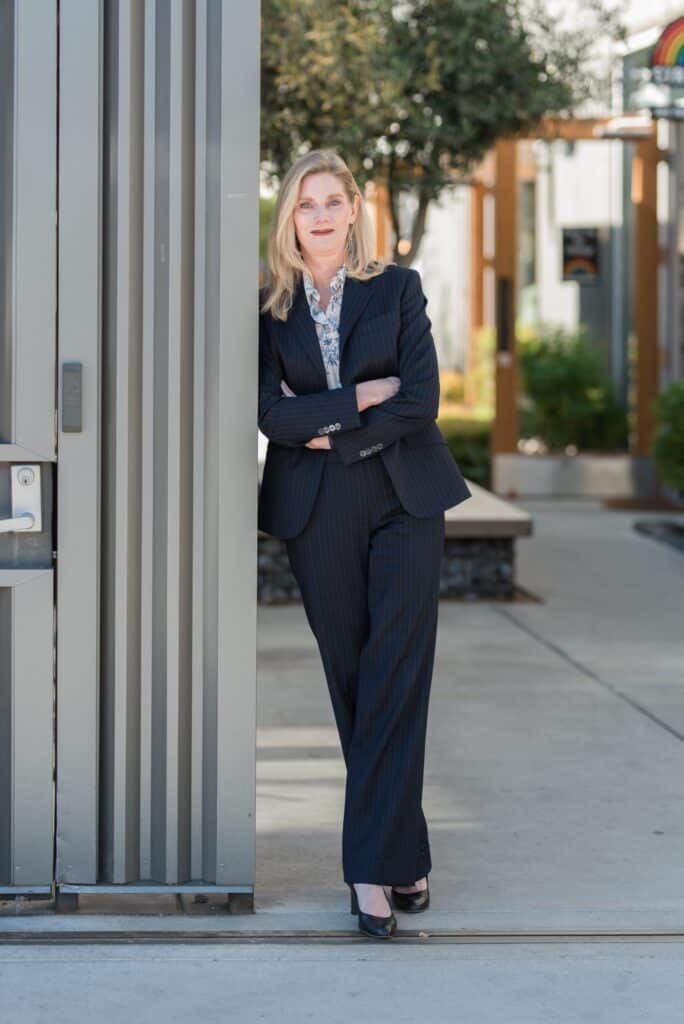
If you’ve been in the affordable housing space for any length of time, you know that building homes using tax credits in California is not for the faint of heart. The LIHTC program is a cornerstone of our work—but it’s also surrounded by a maze of challenges that slow down production and drive up costs.
At CCAH, we hear from our members every day about the hurdles they face. Financing is one of the biggest. Most projects require a complex stack of funding sources, and aligning them all—state credits, federal credits, local subsidies—can feel like solving a puzzle with missing pieces.
Then there’s the entitlement process. Even when the financing is in place, projects can get bogged down in local approvals, CEQA reviews, and community opposition. These delays cost time and money—and in some cases, they can derail a project entirely.
Speaking of costs, construction inflation and labor shortages continue to squeeze budgets and insurance premiums are emerging as a major barrier. Developers are seeing skyrocketing rates for builder’s risk and liability coverage, especially in wildfire-prone areas. It’s one more line item that can push a project out of feasibility.
We also need to talk about prevailing wage requirements. There’s room for nuance here, and we should be advocating for policies that support both workers and housing production. While we absolutely support fair compensation for workers, applying these rules across the board—regardless of funding source or project size—can make developments financially impossible. We need to have a thoughtful conversation about when and how prevailing wage should apply.
So what can we do? We absolutely need to work together to lift our collective voice to both point out the barriers and offer real, actionable solutions. Streamlining the approval process at the state and local levels is a game-changer. Expanding the availability of state tax credits—and making them more flexible—could help more projects get off the ground. We also need to invest in workforce development to address labor shortages and explore insurance reform to stabilize costs. I’m sure you must have other ideas and we’d love to hear them. Attending our policy round table, held during our Fall Conference is one good way to get your ideas out of your head and onto our platform.
But we can’t do it alone.
We need you—our members and future members—to work with us. Share your experiences. Help us identify the most pressing barriers and the smartest solutions. Join us in shaping the legislative and regulatory landscape so that we can build more housing, faster, and more affordably.
And if you haven’t already registered for our Fall Conference, November 5–7 in San Diego, now is the time! We have fewer than 20 tickets left, and this year’s agenda is packed with opportunities to dig into these issues and collaborate on solutions.
Our room block is sold out, but we’ve opened a waitlist, and rooms may still be available at the hotel at market rate. Don’t miss your chance to be part of this important conversation.
Let’s break down these barriers—together.
In partnership,

Jenna Abbott, Executive Director